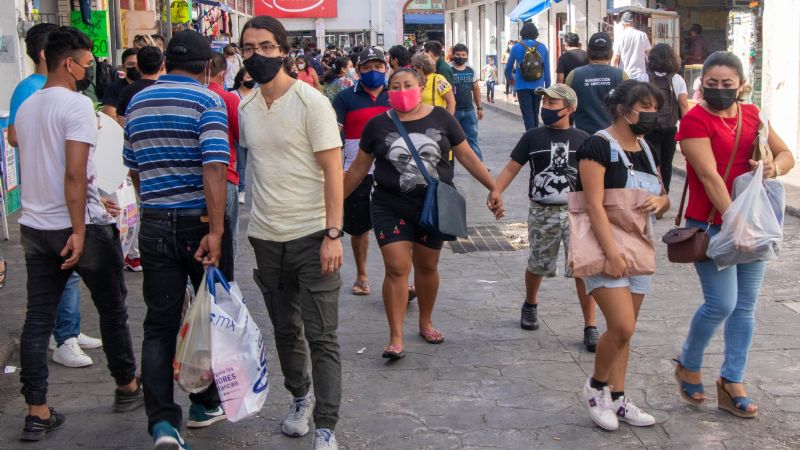32.1% of Yucatecans reported having experienced discrimination in the past 12 months, a percentage that places the state in first place nationwide, according to data from the National Institute of Statistics and Geography (INEGI).
The National Survey on Discrimination (Enadis) 2022 revealed that the percentage of the population aged 18 and older who reported rejection or segregation was 30.6% in Puebla (second place), 30.5% in Querétaro (third place), 29.6% in Mexico City (fourth place), and 27.1% in Jalisco (fifth place).
Regarding gender, Yucatecan women also ranked first in the country, with 32.7% of them reporting having been victims of discrimination.
In fact, the same states were listed in the same order, except for the fifth: Puebla (32.65%), Querétaro (31.7%), Mexico City (30.5%), and Oaxaca (28.9%). In the case of males, there is a change: Yucatán (31.4%), Guerrero (30.7%), Jalisco (29.95%), Querétaro (29.2%), and Mexico City (28.5%).
According to the survey, the main forms or expressions of discrimination were related to “dress or personal appearance (tattoos, clothing, hairstyle, piercings)” at 30.6%; weight or height (27.5%); political opinions (24.6%); way of speaking (21.6%); age (21.4%); religion (19.9%); and social class (16.5%).
Enadis estimated that 24.5% of women aged 18 and older reported having experienced discrimination in the past 12 months. Of this percentage, 35.3% said it was because they were women.
Additionally, 39.6% of elderly people stated that the rejection was due to their age, while 38.9% of young people (18 to 29) were criticized for their dress or personal appearance.
Among the surveyed population who had been denied any of their rights in the past five years, 46.1% stated that they did not receive support from social programs, medical care, or medication. Women were the most affected, with 54.1%.
Regarding sexual and gender diversity, the rejection rate was 37.3%, followed by Afro-descendants (36.4%), domestic workers (34.6%), and people with disabilities (33.8%). In comparison, the population aged 18 and older had a discrimination rate of 23.7%.
TYT Newsroom



